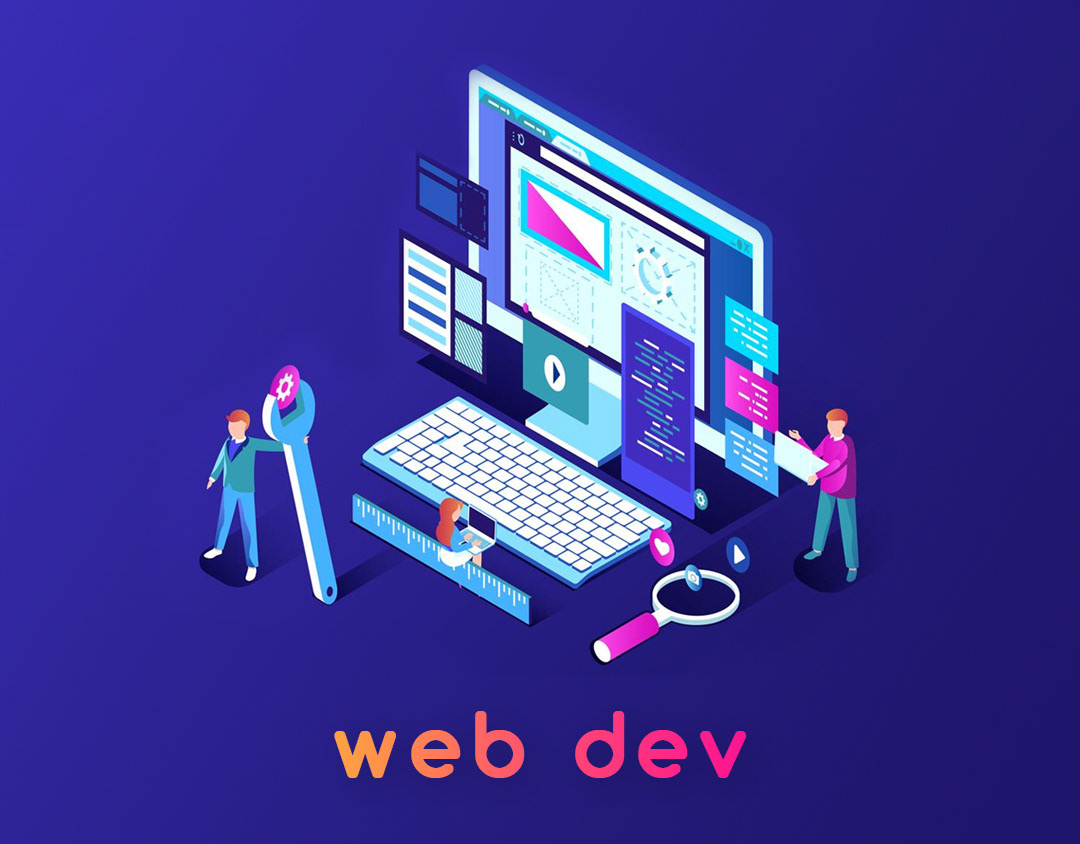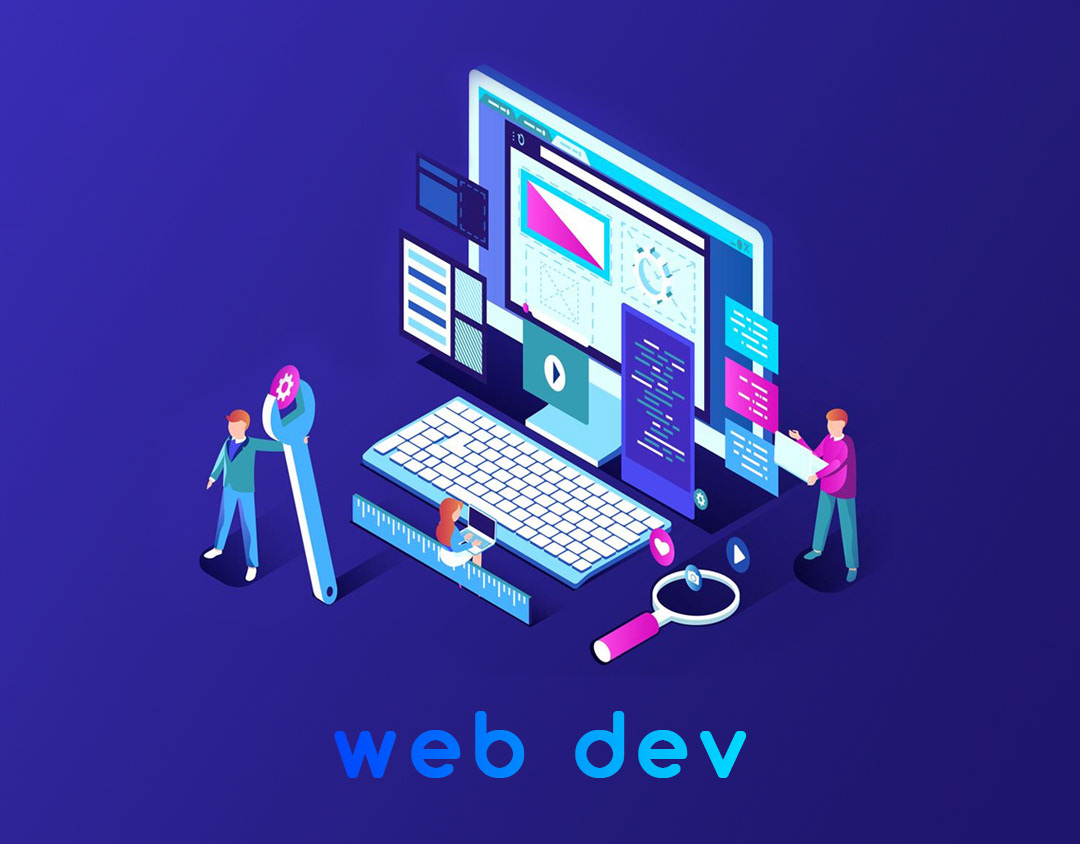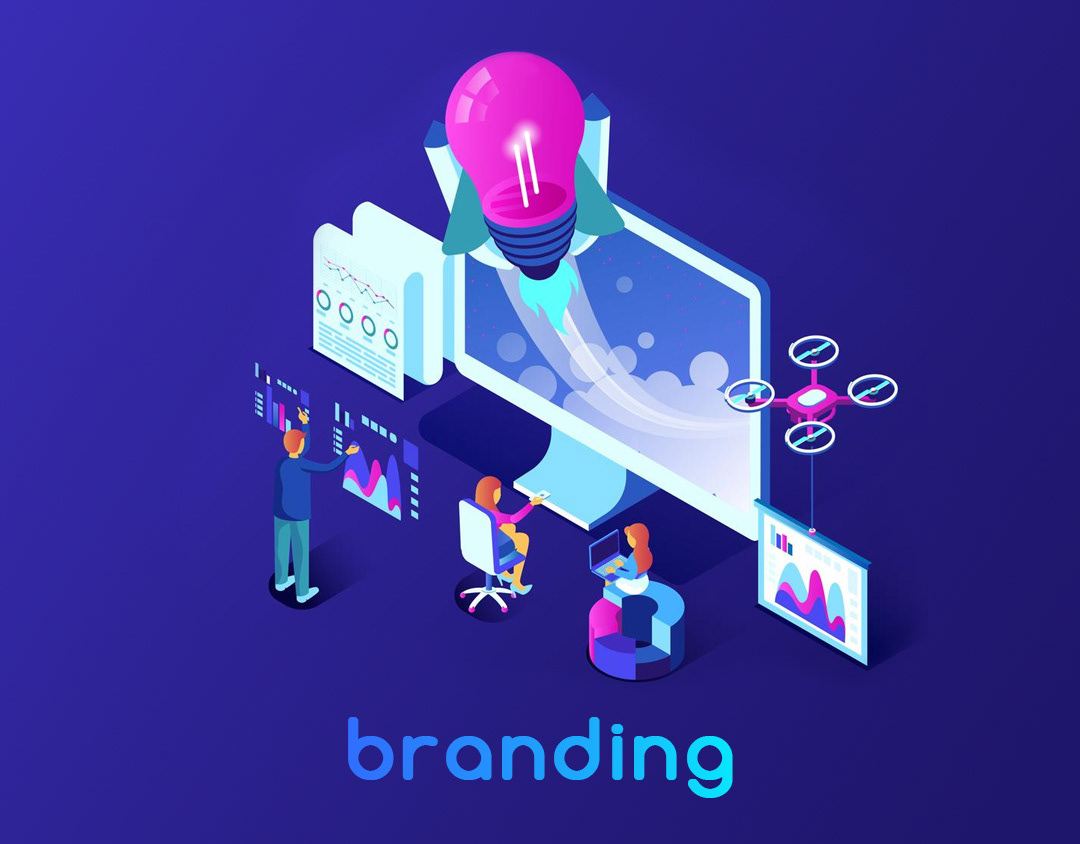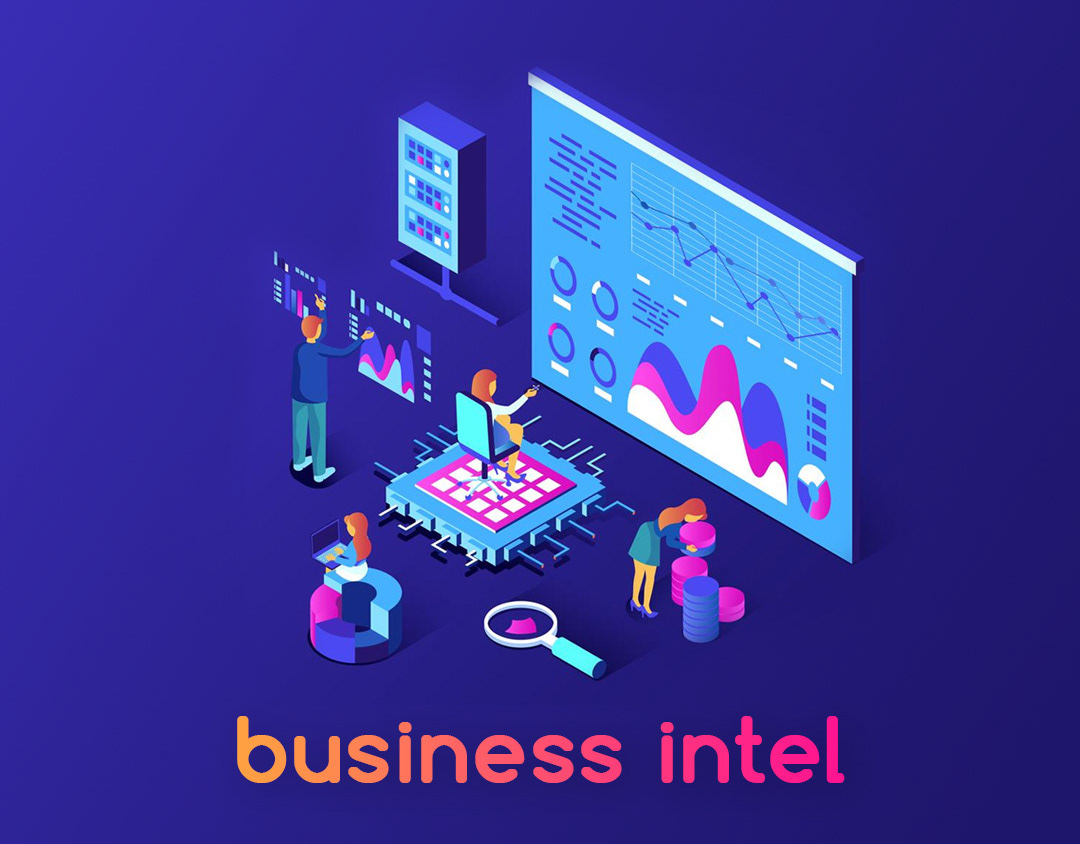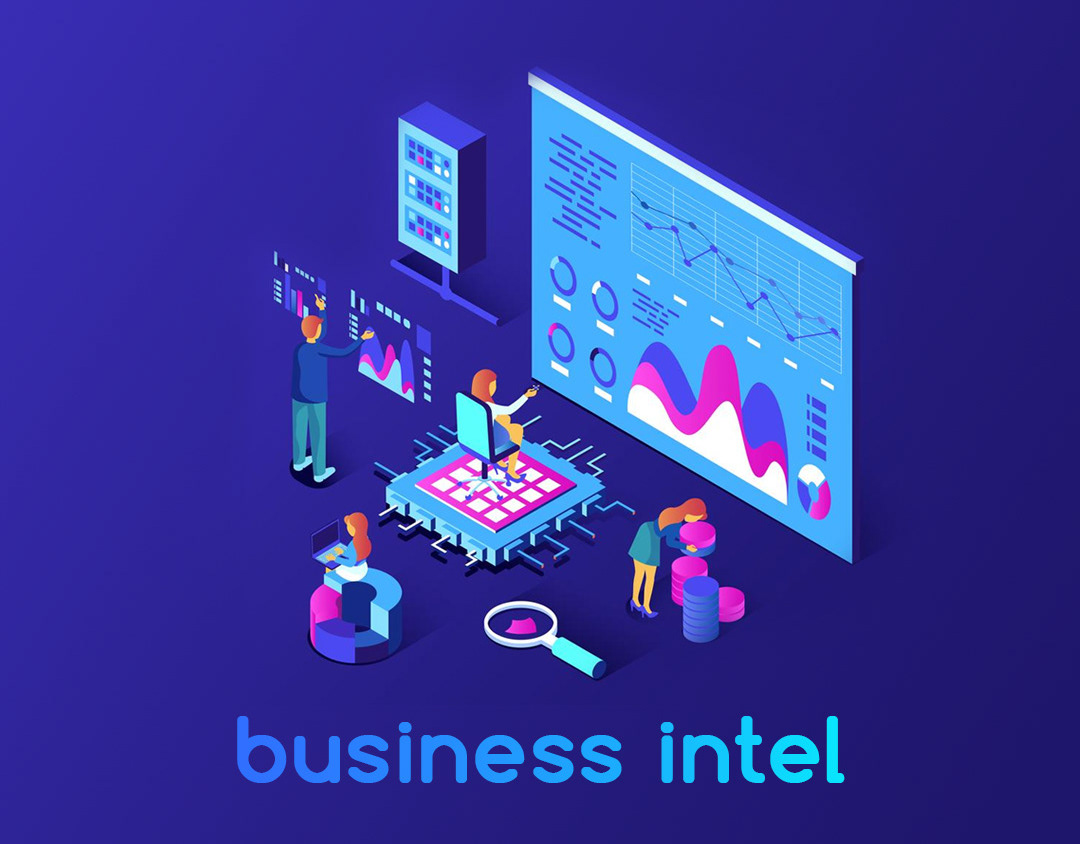SEO and Page Speed: The Invisible Fuel Behind Business Success in the Digital Age
In a world where first impressions are almost always digital, being well-positioned in search engines is a necessity for any company that wants to stay competitive. Entrepreneurs across every sector today rely on online visibility to generate demand, attract new clients, and remain relevant. And when we talk about online visibility, we're directly talking about SEO — Search Engine Optimization — and especially one of its most overlooked but absolutely essential pillars: page speed.
In this comprehensive guide — written in an accessible yet thorough format — you’ll understand why SEO goes far beyond keywords and meta tags, and why the loading speed of your web page can be the turning point between digital success or failure.
1. SEO Beyond Keywords: The Architecture Behind Relevance
For your website or web app to be easily found by search engines like Google or Bing, it needs to be technically structured. This starts with a solid information architecture, combined with an effective keyword strategy strategically distributed:
☻ Within textual content (naturally, without keyword stuffing)
☻ In the page code, including meta tags, title tags, and heading tags
☻ In SEO-friendly URLs
☻ In image descriptions (alt text)
☻ In the page code, including meta tags, title tags, and heading tags
☻ In SEO-friendly URLs
☻ In image descriptions (alt text)
But what really differentiates a technically competent website from a truly optimized one is something many forget to consider: performance. And this brings us to the heart of our discussion.
2. Page Speed: The Velocity That Drives Profit (or Loss)
Page Speed refers to how long a web page takes to load and display in the user’s browser. It's important to distinguish between:
☻ Page speed: how long the server takes to deliver the files for rendering
☻ Load time: the full time between clicking a link and seeing all visible content
☻ Load time: the full time between clicking a link and seeing all visible content
Why is this important? Because time equals attention. And in the digital world, attention is increasingly scarce.
The Impact of Slow Load Times:
Studies show: ☻ 1 in 4 visitors abandons a website if it takes more than 4 seconds to load
☻ 46% of users won’t return to a slow website
☻ On mobile devices, 74% of users will exit if it takes more than 5 seconds to load
☻ The conversion sweet spot occurs on pages that load in under 2 seconds
☻ 46% of users won’t return to a slow website
☻ On mobile devices, 74% of users will exit if it takes more than 5 seconds to load
☻ The conversion sweet spot occurs on pages that load in under 2 seconds
According to Microsoft computer scientist Harry Shum, even 0.25 seconds of delay in page speed can create a competitive advantage or disadvantage.
Though these studies are U.S.-based, they apply globally. In countries like Brazil, where mobile access is dominant, fast load times are even more critical.
3. The Most Common Mistake: Ignoring Performance in Development
Many websites are built with design or aesthetics in mind, while completely neglecting performance. Optimization plugins, image compressors, code minifiers, and caching systems can help — but nothing replaces a project that’s built with performance in mind from the start.
Performance should be considered from day one: ☻ Lightweight architecture
☻ Clean code
☻ Modular structure
☻ Efficient hosting
☻ CDN integration
☻ Clean code
☻ Modular structure
☻ Efficient hosting
☻ CDN integration
4. Setting Performance Goals: Your First KPI for Success
Every business sets goals for sales, revenue, and retention. Why not do the same for web performance?
Setting performance KPIs is the first step toward effective SEO. Examples include:
☻ Maximum load time: under 2 seconds
☻ Page weight: under 1.5MB
☻ PageSpeed Insights score: over 85
☻ Number of requests: under 100
☻ Page weight: under 1.5MB
☻ PageSpeed Insights score: over 85
☻ Number of requests: under 100
BBC, for instance, decided every page should be usable within 10 seconds on a GPRS connection. They then adjusted page weight and request numbers to hit that goal.
5. Responsiveness and Performance: An Inseparable Duo
A responsive website is no longer a luxury — it’s a requirement. But responsiveness without performance is like a sleek car with a weak engine. To deliver a truly great user experience across all devices, your site must be fast, light, and adaptable.
A mobile-first approach helps tremendously. Starting development focused on the mobile experience can prevent future layout or speed issues on mobile devices.
6. UX, SEO, or Speed: Which One Matters Most?
The truth is that all three are essential and deeply interconnected:
☻ A site with great content (SEO), but slow (Page Speed), loses users before they even read it
☻ A fast site with poor navigation (UX) frustrates visitors and fails to convert
☻ A well-designed site (UX) with no keyword optimization (SEO) simply won’t be found
☻ A fast site with poor navigation (UX) frustrates visitors and fails to convert
☻ A well-designed site (UX) with no keyword optimization (SEO) simply won’t be found
The balance between UX, SEO, and speed is what drives digital success. Still, speed is often the first point of user contact — if the site doesn’t load, the other two never even get a chance to work.
7. Building a Culture of Performance: A Strategic Advantage
Google engineer Steve Souders argues that companies who invest in performance the same way they invest in quality stand out more. Building a performance culture means:
☻ Training teams to think performance from the briefing stage
☻ Prioritizing speed when choosing plugins, frameworks, or hosting
☻ Creating testing and optimization routines
☻ Prioritizing speed when choosing plugins, frameworks, or hosting
☻ Creating testing and optimization routines
Performance isn’t just technical — it’s a mindset focused on efficiency.
8. The Right Team Matters: Tech + Strategy + Business Impact
Business owners don’t need to become SEO or web dev experts — but they do need to understand that hiring a qualified team makes all the difference.
A multidisciplinary team of SEO-savvy developers, performance-oriented designers, and UX-focused content creators can dramatically improve your digital results.
At Webfy Agency, for example, we bring together: ☻ Web engineers focused on performance
☻ SEO and semantic content specialists
☻ UI/UX designers with a mobile-first mindset
☻ Strategists who understand the business impact behind every page
☻ SEO and semantic content specialists
☻ UI/UX designers with a mobile-first mindset
☻ Strategists who understand the business impact behind every page
9. Conclusion: Speed Isn’t a Detail. It’s a Strategy.
To gain more organic traffic, reduce bounce rates, boost conversions, and stay competitive online, page speed must be treated as a top priority.
But it can’t stand alone. It shines brightest when in harmony with SEO and UX.
Want to know how your website performs today? Need help making it faster, more efficient, and better ranked by Google?
Take the Google PageSpeed Insights test and find out what your web page's performance score is.

